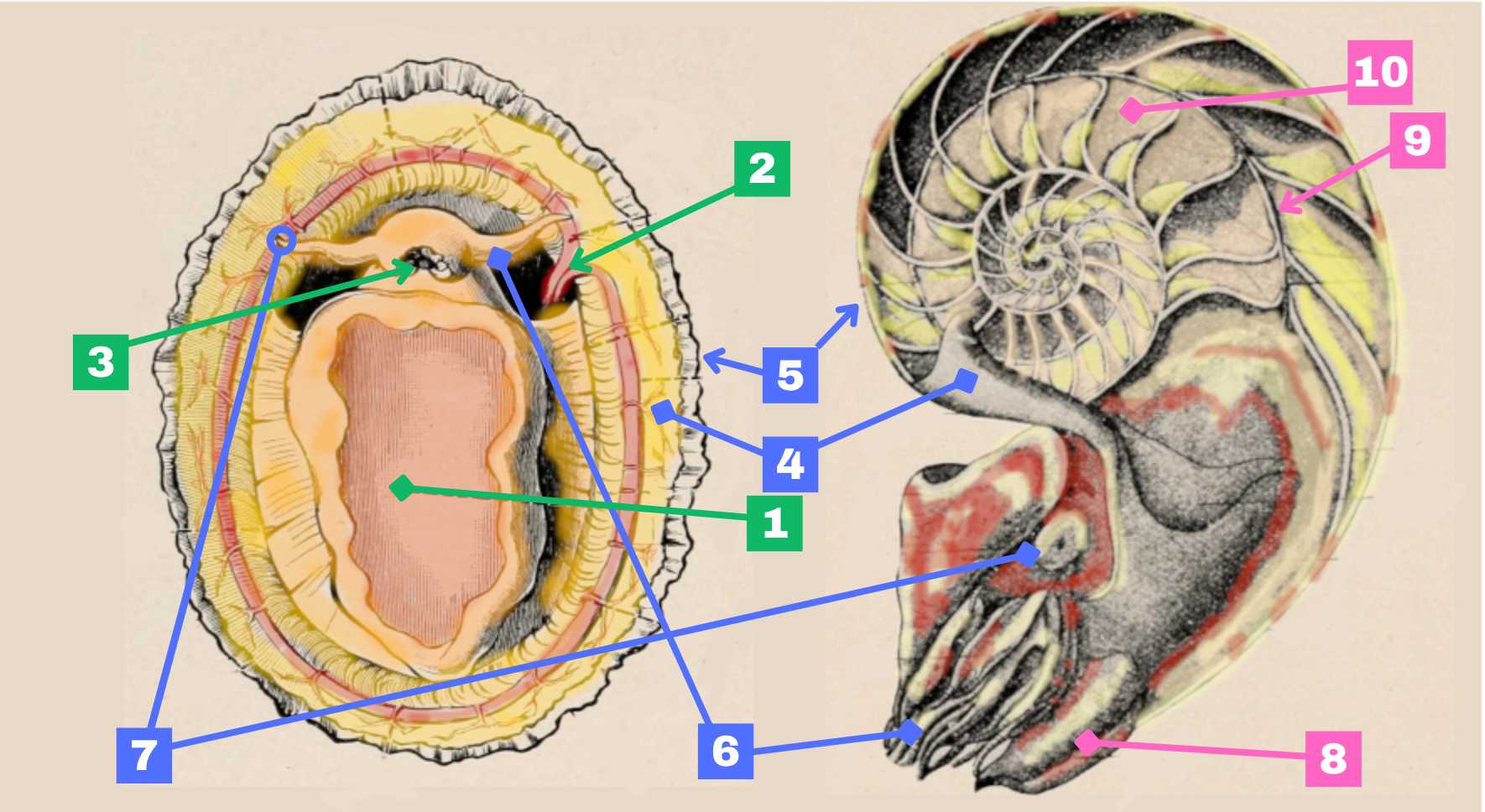
Here Is Plato's Mollusk Trivia Quiz
From clams to conchs to cuttlefish, gastropods to geoducks, slinky slugs to decapodal squids. Perhaps no animal clade is more diverse than the mollusks! This quiz will see you compare the anatomy of a pearly nautilus and a common limpet (a type of snail)
A label quiz
by etymonlego.
Estimated time: 3 mins.
- Home
- »
- Quizzes
- »
- Animal Trivia
- »
- Invertebrates
- »
- Mollusks
